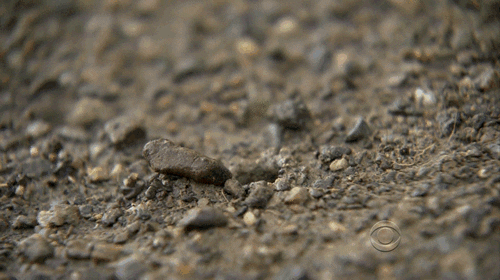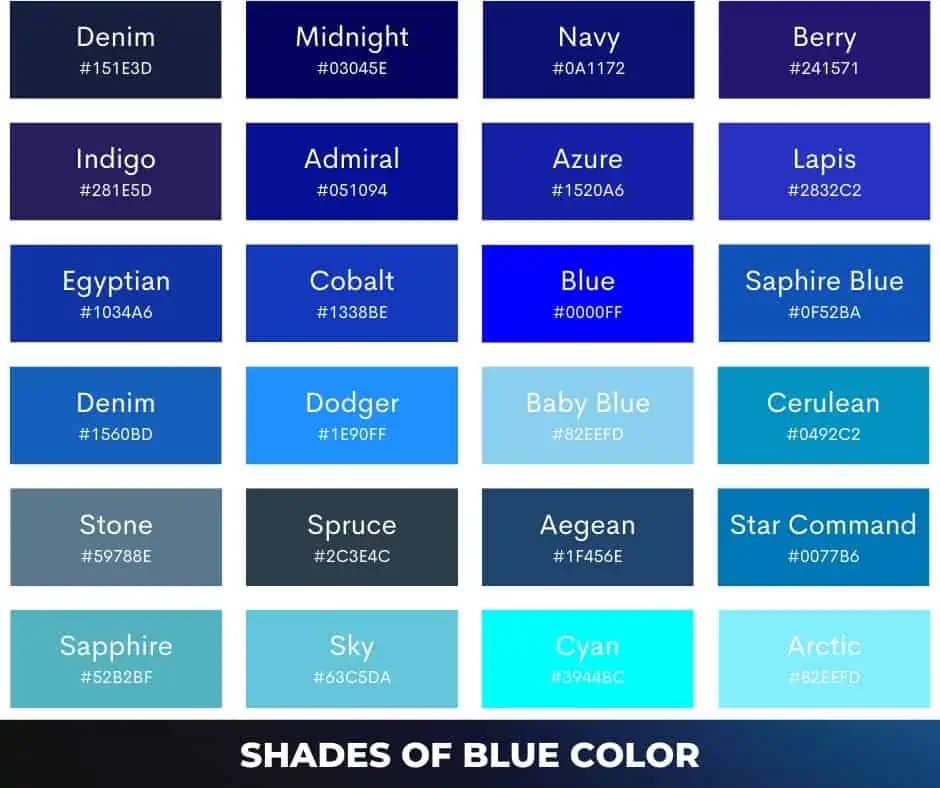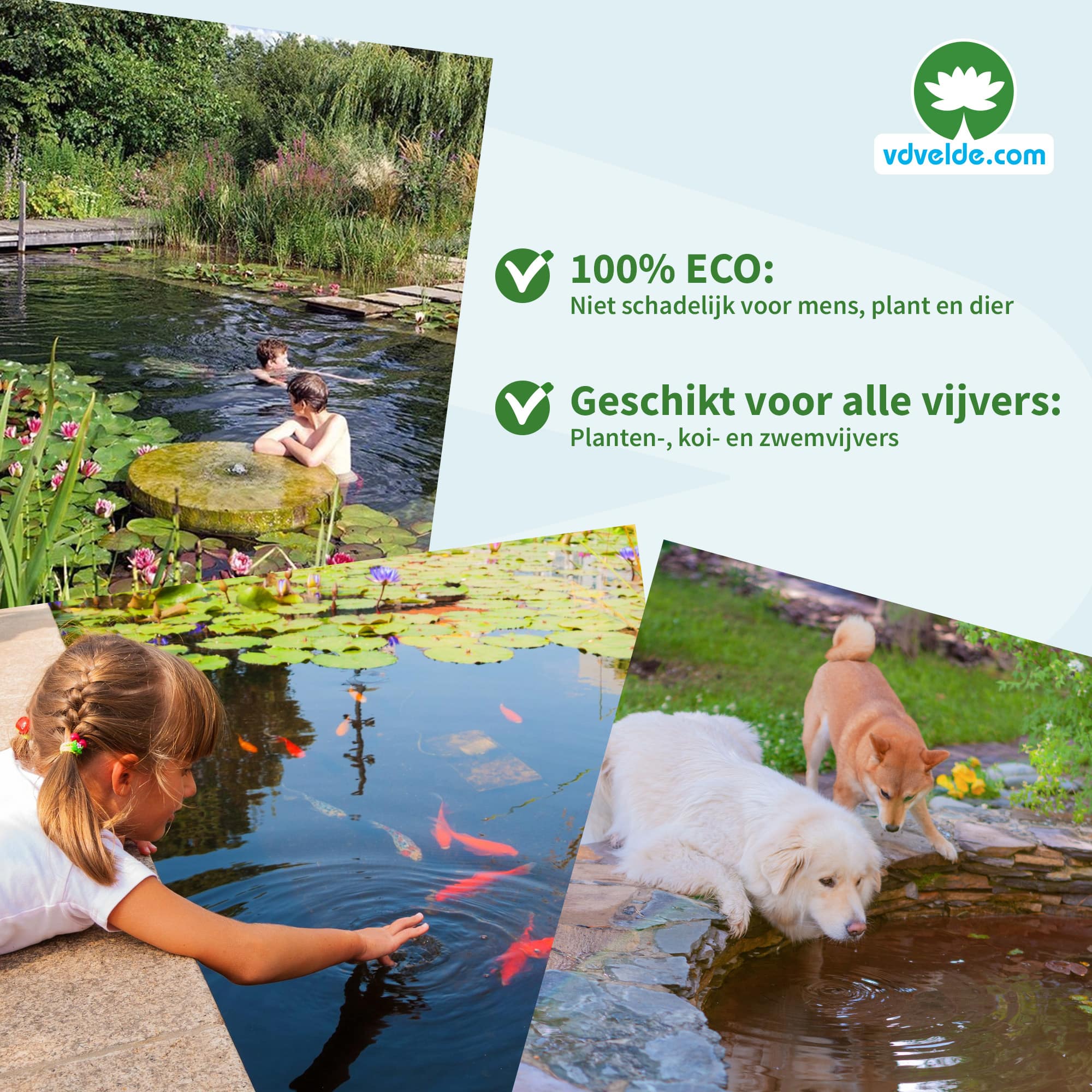Understanding the Bachelor’s Degree in Elementary Education: Pathways, Curriculum, and Career Opportunities
What Is a Bachelor’s Degree in Elementary Education Called?
The most common names for a bachelor’s degree in elementary education are Bachelor of Science in Elementary Education (B.S. or B.S.Ed.) and Bachelor of Arts in Elementary Education (B.A.) . The specific title may vary by institution, but these degrees share a core focus: preparing students to teach at the elementary (typically K-6) level [1] , [3] , [5] . Some universities use the abbreviation B.S.Ed. for “Bachelor of Science in Education” with a concentration in elementary education, while others offer a B.A. with a major in elementary education. Both programs meet the foundational requirements to pursue teaching licensure in most states.
Core Structure and Curriculum
Bachelor’s degrees in elementary education are typically four-year programs requiring around 120 credit hours. The curriculum is designed to blend general education, foundational teaching theory, subject-area expertise, and substantial field experience. Students begin with general education courses in subjects such as communication, mathematics, science, humanities, and social sciences. These courses are intended to provide a well-rounded academic foundation and develop critical thinking skills [1] , [4] .

Source: 99-math.org
As students progress, they complete specialized coursework in elementary education, including:
- Child development and learning theory
- Instructional strategies for literacy and mathematics
- Classroom management techniques
- Assessment and evaluation methods
- Educational technology integration
- Multicultural and inclusive teaching practices
Most programs also require extensive clinical or field experiences, culminating in a full-time student teaching placement. This hands-on experience is essential for developing real-world classroom skills and meeting state licensure requirements [3] .
Types of Bachelor’s Degrees in Elementary Education
There are two primary types of bachelor’s degrees in elementary education:
- Bachelor of Science (B.S. or B.S.Ed.) in Elementary Education: Emphasizes scientific approaches to teaching, including quantitative research, child development, and practical classroom strategies. Programs often align closely with state licensure requirements and may offer specific grade band concentrations (e.g., PK-3 or 3-6) [3] .
- Bachelor of Arts (B.A.) in Elementary Education: Provides a broader liberal arts foundation alongside professional education coursework. This degree is suitable for students interested in integrating arts, humanities, or interdisciplinary studies with their teaching career [5] .
Despite the difference in degree titles, both paths are designed to meet licensure standards and qualify graduates for teaching positions in public and private schools.
How to Access a Bachelor’s Degree in Elementary Education
If you are interested in pursuing a bachelor’s degree in elementary education, follow these actionable steps:
- Research Accredited Programs: Identify schools with regionally or nationally accredited education programs. Accreditation ensures the degree meets professional and licensure standards. You can verify accreditation through the U.S. Department of Education’s official database or the Council for the Accreditation of Educator Preparation (CAEP).
- Meet Prerequisites: Most programs require a high school diploma or equivalent. Some may ask for standardized test scores, prerequisite courses, or a minimum GPA. If you have an associate degree (A.A.), some programs allow you to transfer credits toward the bachelor’s degree [4] .
- Complete the Application Process: Submit your application online through the college’s admissions portal. Gather official transcripts, letters of recommendation, and personal statements as needed. Review each program’s requirements carefully.
- Enroll in Required Courses: Upon acceptance, meet with an academic advisor to develop your course plan. Register for general education and elementary education-specific classes as outlined in the program curriculum.
- Engage in Field Experiences: Participate in required classroom observations, practicum assignments, and student teaching. These experiences are supervised by certified teachers and faculty and are critical for practical skill development [3] .
- Prepare for Licensure: Most states require passing standardized exams (such as the Praxis series or state-specific tests) and completing background checks. Requirements may vary, so it is crucial to check with your state’s Department of Education for the most current information [2] .
- Graduate and Apply for Certification: After fulfilling degree and testing requirements, apply for your initial teaching license through your state’s Department of Education. Some universities assist graduates with the application process and offer career services for job placement.
Examples of Programs and Institutions
Several reputable universities offer bachelor’s degrees in elementary education, including:
- Walden University: Bachelor of Science in Elementary Education [1]
- University of Kansas: Bachelor’s in Elementary Education [2]
- Wayne State University: Bachelor of Science in Education (B.S.Ed.) in Elementary Education [3]
- Valencia College: Bachelor of Science in Elementary Education [4]
- University of Iowa: Bachelor of Arts in Elementary Education [5]
You can access program details, application deadlines, and admission requirements on each university’s official website. If you are unsure where to start, consider contacting the education department at your local college for guidance on program availability and transfer pathways.

Source: spcollege.edu
Career Paths and Opportunities
Graduates with a bachelor’s degree in elementary education are prepared for a variety of roles. The most common is elementary school teacher (grades K-6), but other opportunities include curriculum specialist, instructional designer, education coordinator, and positions in nonprofit organizations focused on youth development [2] . With additional experience or advanced degrees, graduates may move into administrative, counseling, or specialist roles.
Some programs allow graduates to “test out” for middle-level certification (grades 5-8), expanding their employment options [2] . It is important to review your state’s licensure guidelines before enrolling, as requirements can change and may include additional coursework or testing.
Tips for Success and Alternative Pathways
Prospective teachers should be proactive in seeking academic advising, internship placements, and networking opportunities during their studies. Participating in professional organizations (such as the National Education Association or local teacher unions) can provide valuable resources and support.
If you already hold a bachelor’s degree in another field but wish to become an elementary teacher, many states and universities offer alternative certification programs or post-baccalaureate pathways. These programs may allow you to complete necessary pedagogy and fieldwork requirements in a shorter timeframe. To learn about these options, search for “alternative teacher certification” on your state’s Department of Education website or contact the education department of a local university.
Conclusion
A bachelor’s degree in elementary education-whether B.S., B.S.Ed., or B.A.-is the gateway to a rewarding career shaping the lives of young learners. By choosing an accredited program, following a structured pathway, and engaging in hands-on teaching experiences, you can build the essential skills needed for licensure and long-term success in the field of education.
References
- [1] Walden University (2024). What Courses Do You Take When Earning a BS in Elementary Education?
- [2] University of Kansas (2004). Bachelor’s in Elementary Education at KU
- [3] Wayne State University (2025). Bachelor of Science Education in Elementary Education
- [4] Valencia College (2021). Future Students – Elementary Education
- [5] University of Iowa (2020). Elementary Education, BA | University of Iowa General Catalog
MORE FROM getscholarships.de













